There are several essential elements to a pub interior and if you are looking to recreate the authentic Victorian pub interior within a pub, hotel, restaurant or even within a reception room of a private home, our list will help with any pub renovation in traditional style.
Why renovate a Victorian pub?
There are several reasons why you might want to renovate a Victorian pub. The obvious answer is it's age. The Victorian era was from 1837-1901 and although it's extremely likely that the pub was redecorated and chairs and soft furnishings replaced many times between then and now, it's also likely that many of the bigger jobs are now falling due, such as replastering, new windows, new doors, repairs to tiled or wooden floors etc. If the building is to remain a pub and you like the character of it, it's likely you'll choose to replace most of the fixtures and fittings with similar styles. However if you are converting the pub into something else such as a restaurant, house or flats, you may well want to keep the Victorian style as a theme but change many details due to the change of use of the rooms.
Photo courtesy of Chris Amies
These 10 elements will help you recreate the warm cosy interior of the Victorian pub but with the modern day comforts of central heating, food hygiene and clean toilets!
Lincrusta wallpapered ceilings
Lincrusta is a thick, heavy relief wall or ceiling covering with a similar composition to linoleum. It comes in many different designs such as leaves, flowers, geometric patterns etc. In private houses it is mostly used on walls as a frieze or below the dado line as panels or in a flower type design. However in pubs, it is very commonly used on ceilings and then painted a dark colour in gloss paint, usually burgundy, dark brown or dark green. This gives the illusion of a high ceiling and a warm, dark interior where time stands still and whole days can be lost. In the days of smoking indoors, it also helped to reduce the evidence of discolouration of decoration due to cigarette smoke.
Photograph courtesy of The Guildford Arms
Ornate decorative coving, painted in a plethora of colours
Many of these were intricate patterns of egg and dart, dentil, flowers and plants, and would have been created on site by a specialist plaster mouldings artisan. Reproductions of ornate designs are harder to find nowadays however large dentil, egg and dart, acanthus leaf and ridged covings are widely available in wood or plaster as off the shelf products at reasonable prices per metre to be installed on site, and lots of fun can be had with painting them in typically Victorian shades of red, gold, green and burgundy if time and budget allows.
Wood panelling
This was used on walls, around bar areas to partition off sections, on the underneath of the bar itself and is usually stained in dark oak or rich mahogany shades and waxed to a shine. Woodwork usually incorporates a combination of panels, decorative corbels, traditional skirting, a countertop and kick boards to preserve it’s life. It’s often used for partitioning off small seating areas and complemented with etched glass panels to allow light in yet give the occupants maximum privacy. If only walls could talk!
Etched glass windows
These etched glass windows are often ornate, large and very beautiful in design. A cheap modern way of recreating these is by using frosted window stickers stuck onto plain glass. Artwork for the window stickers can be created to emulate Victorian designs and then affixed onto the plain glass windows giving an authentic Victorian effect for a fraction of the cost of the real thing.
Tiled floors around the bar area
Tiled mosaic floors are both practical and beautiful. Many Victorian tiled floors still survive so therefore are proven to provide an economical floor covering as a cost per year. Individual damaged tiles can be replaced and added into the original mosaic pattern for a tiny fraction of the cost of carpeting over the original floor. Tiled floors are durable and easy to clean, being non-porous therefore fairly stain resistant, and are quick to dry once scrubbed when the inevitable glass or red wine (or worse) is spilt.
External tiles to create a colourful pub façade
Photograph courtesy of David Boardman
Many Victorian pub facades use patterns of colourful exterior wall tiles – these make the pub exterior look bright, inviting and attractive on cold winter nights, and are durable and will look good year after year. They are easy to clean and can be arranged in a plethora of intricate patterns and shades, or used more simply in one hue but incorporating skirting, dado, brick shapes and square tiles as well as more intricate shapes around windows and doors. Sometimes these are extended into the interior of the pub and even used around the bar area.
Large brass door handles
This will help to create a great first impression. A solid brass reeded door handle such as this one is perfect and gives an air of solidity and respectability to the establishment.
Antique lighting creating an atmospheric dim interior
Pubs should by nature embody an ambience of relaxation, which in itself gives the impression of unhurried leisure. As such the interior of a pub should be softly lit from morning til night encouraging the customer to linger as long as he likes with no heed to the time of day. Therefore wall sconces or low hanging ceiling pendants giving out a soft dim light are the most suitable lighting for the creation of the correct ambience. The most obvious choice for lighting is brass or dull gold with tinted glass shades.
Velvet or leather upholstered banquettes
The ultimate traditional pub seating is well stuffed banquettes covered with red velvet (hides the dirt) or leather (easy to wipe down). These are both comfortable and practical, occupying the wall space of the pub interior to allow maximum room for tables around edge of the rooms and keeping seating away from the bar area. Freestanding seating that is traditionally used with this are low stools upholstered in a matching velvet or leather, and possibly leather chesterfield sofas in larger seating areas away from the bar.
Large gilt framed mirrors with plain or etched glass
These are a classic addition to any pub or traditional restaurant interior encompassing ornate carved and gilded frames in large proportions. Mirrors create the illusion of spacious interior and add light.
The Victorian Emporium sell a wide range of products for Victorian pub renovations - call 01525 750333 for help.
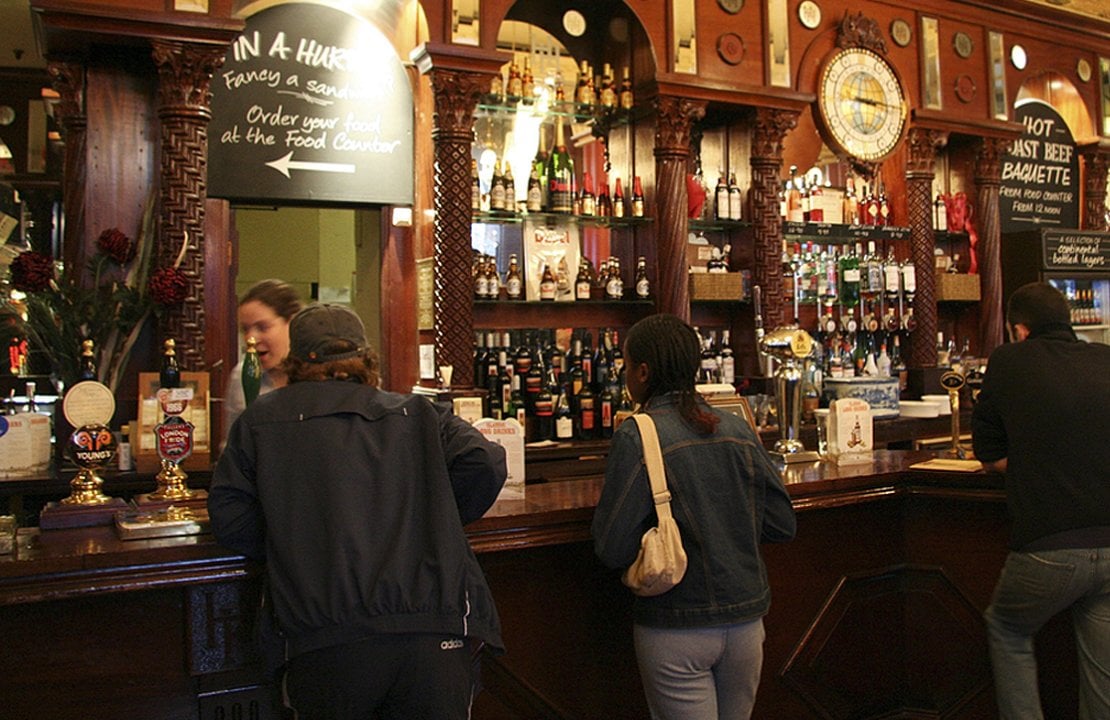
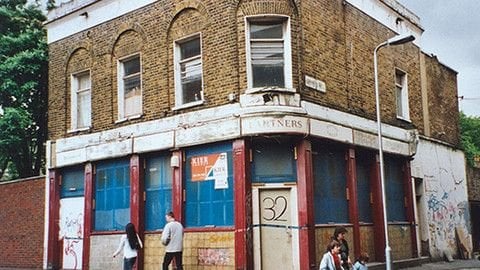
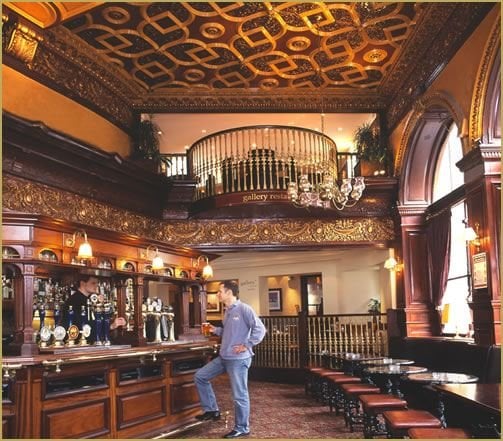
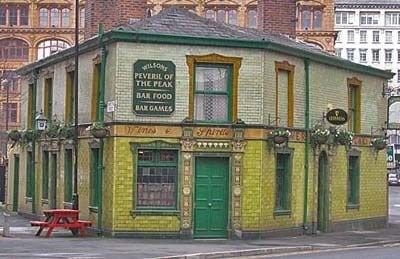
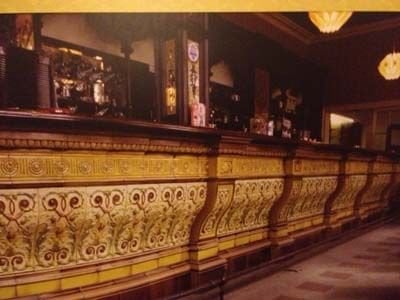

Be the first to add a comment...